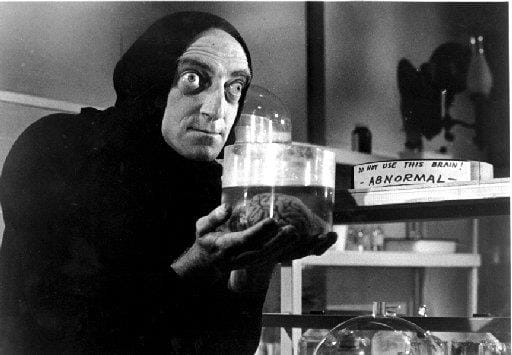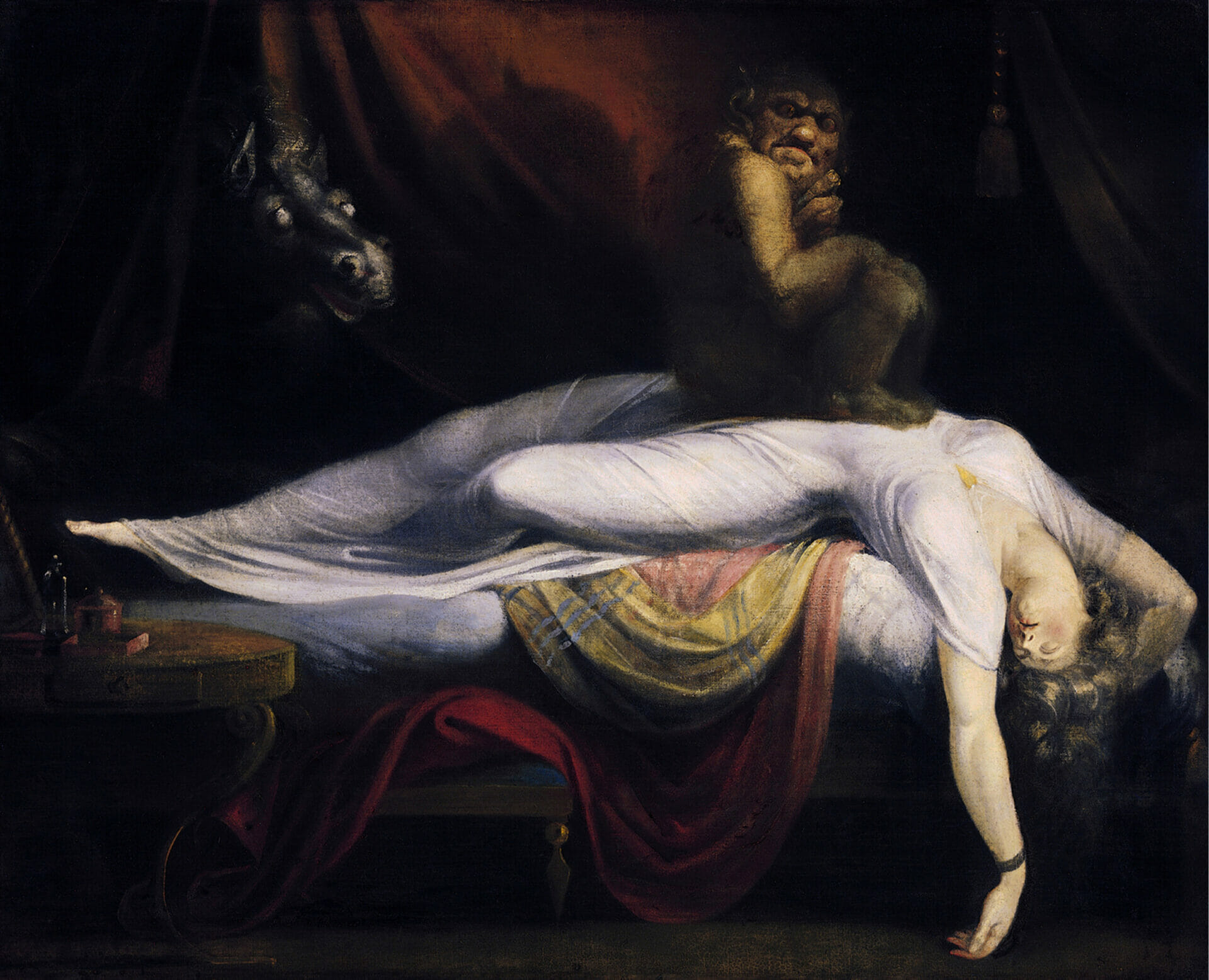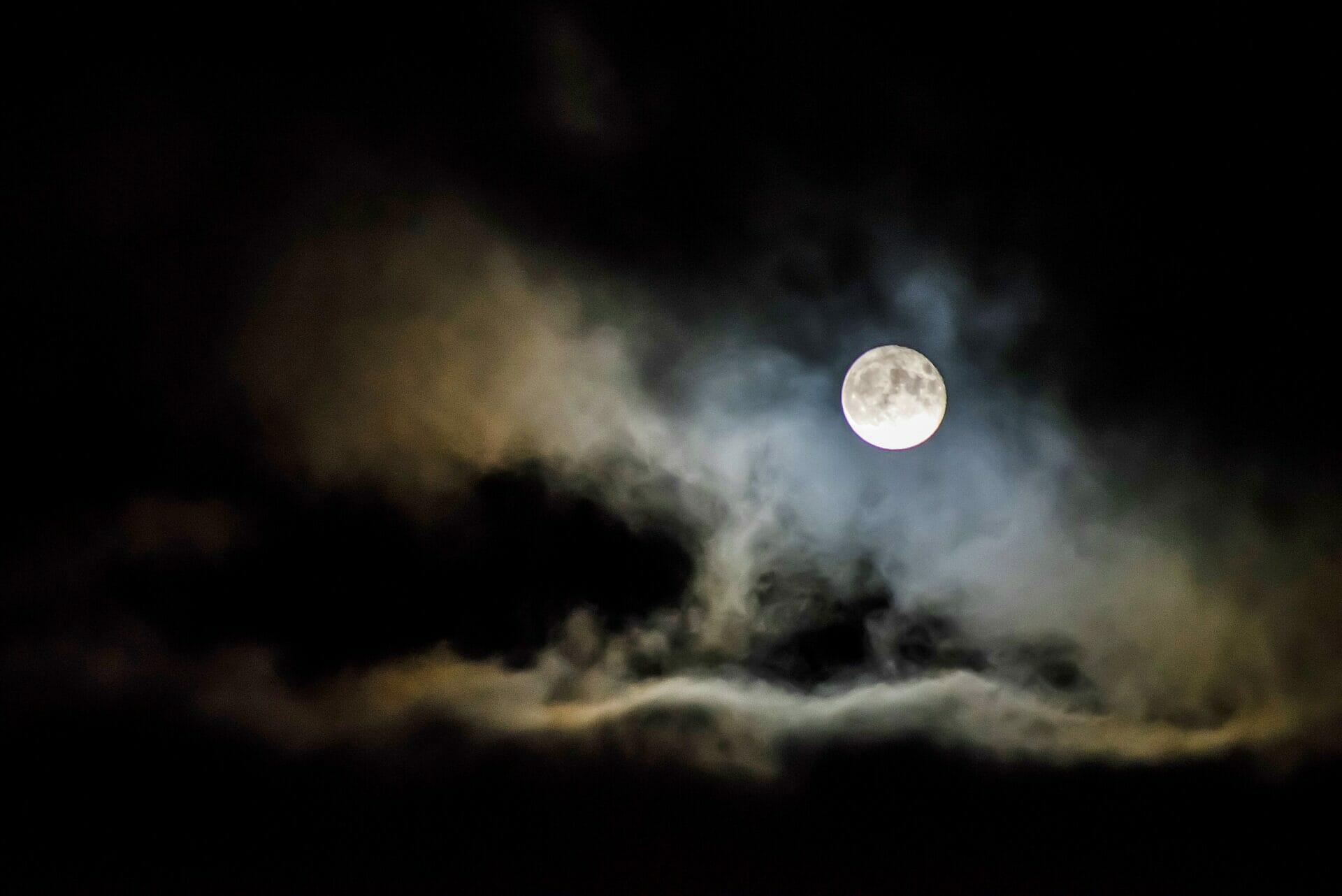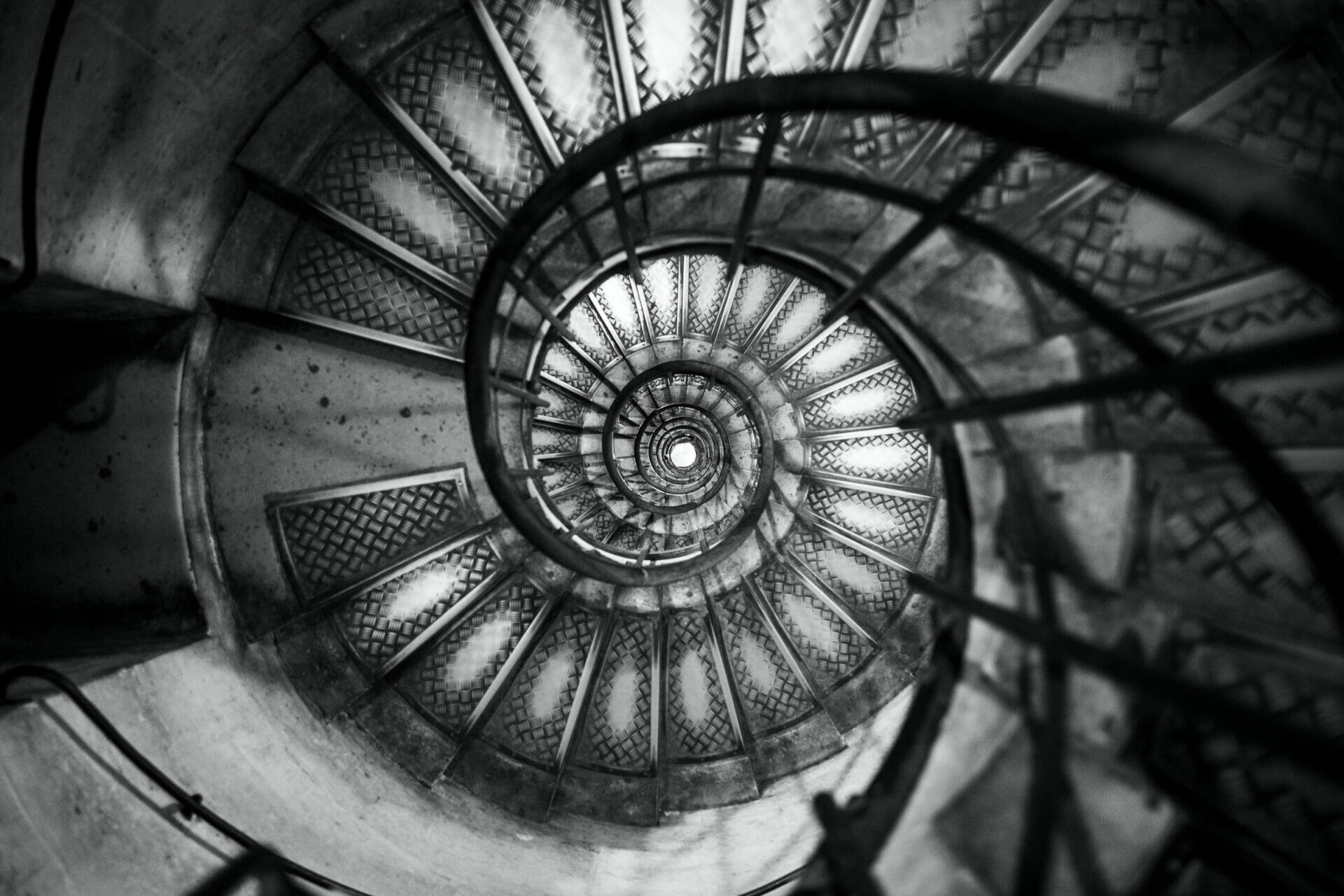
Young Frankenstein, by Mel Brooks | It Could Work!
Year
Runtime
Director
Cinematographer
Production Designer
Music by
Country
Format
Genre
The esteemed physician and professor Dr. Frederick Frankenstein (Gene Wilder) travels from America to Transylvania, his ancestral home. Despite his efforts to distance himself from his infamous grandfather, the scientist Victor Frankenstein, including a change in the pronunciation of his name to “Fronkensteen,” the trip to Transylvania alters Frederick’s perspective and fate. This culminates in his transformation into Young Frankenstein.
Directed by EGOT winner Mel Brooks and released in 1974, Young Frankenstein was influenced by English author Mary Shelley‘s 1818 novel, Frankenstein; or, The Modern Prometheus. The gothic novel explores themes of immortality and abandonment through its protagonists, particularly the Creature assembled from various body parts, which is brought to life and subsequently rejected by its creator.
Wilder and Brooks collaborated on the screenplay, imbuing the ancient myth of resurrection with irony, originality, and a touch of poetry. To offer a new interpretation of the story, they transform it into a sequel where the protagonist is the grandchild of the mad scientist. Yet the movie retains the primary themes of its source material, which have inspired countless works of literature, art, and cinema. In the balance between paying tribute and being humorous, Young Frankenstein ultimately becomes a comedy horror and a parody that is now widely recognized as a cult classic.
“Destiny! Destiny! No escaping that for me!”
Viktor Frankenstein was a doctor renowned for his resurrection and life-creation experiments. Frederick conceals his relationship with Viktor and sets out to uncover his inheritance after the scientist’s death. Consequently, he leaves America and his fiancée Elizabeth (Madeline Kahn) with the assurance of his prompt return. During his arrival in rainy Transylvania, he encounters Igor (Marty Feldman), a hunchbacked servant who guides him to his family’s estate. There, Frederick meets Frau Blücher (Cloris Leachman), the meticulous housekeeper, and Inga (Teri Garr), the alluring assistant. The discovery of his grandfather’s private diaries and secret lab initially horrifies him. Nevertheless, the excitement of the incredible find overrides this reaction and leads him to correct his ancestor’s experiments. After several attempts, The Creature (Peter Boyle) finally awakens.
Young Frankenstein achieved critical and audience success, earning two Academy Award nominations (Best Adapted Screenplay and Best Sound). It was ranked 13th on the American Film Institute‘s list of the 100 funniest American movies of all time. The movie had a profound impact on pop culture and collective imagination, as evidenced by quotes and references in various media, including rock band Aerosmith‘s song Walk This Way. Considering his “finest work”, in 2007 Brooks decided to adapt it into a stage musical together with playwright Thomas Meehan.
The Creation of a New Cult Classic
Gene Wilder and I were having a cup of coffee and he said, I have this idea that there could be another “Frankenstein.” I said not another – we’ve had the son of, the cousin of, the brother-in-law, we don’t need another Frankenstein. His idea was very simple: What if the grandson of Dr. Frankenstein wanted nothing to do with the family whatsoever. He was ashamed of those wackos. I said, “That’s funny.”
Mel Brooks in an interview with the Los Angeles Times
Brooks desired to pay tribute to classic cinema and to encapsulate Mary Shelley’s novel’s basic feelings in his movie. Young Frankenstein functions both as a sequel and a parody, mocking many of the cliches of classic horror. This results in a heightened comic effect, achieved by utilizing techniques and objects typical of the genre.
The opening credits evoke a 1930s style, as do the transitions that utilize iris outs, wipes, and fade to black. The first view of the castle brings to mind Orson Welles‘s Citizen Kane (1941), conveying a sense of mystery and fallen nobility. The gothic setting bears similarities to F. W. Murnau‘s Nosferatu: A Symphony of Horror (1922), a cornerstone of the horror genre. The laboratory props used in the movie are original pieces created and borrowed by Kenneth Strickfaden for James Whale‘s 1931 movie Frankenstein. Each character is a caricature of a classic horror character, ranging from the mad scientist to the strange assistant.
Gerald Hirschfeld‘s use of black-and-white cinematography, which was highly unusual during the 1970s, highlights the connection with classic cinema. Additionally, make-up artists employed an old technique by using green-blue grease paint to create a yellow shade on the Creature’s face. The soundtrack, composed by Brook’s longtime collaborator John Morris, alternates between period scores and sweet melodies, alluding to the tragic existence of the Creature. The eerie horror chords give way to a violin playing a soothing lullaby of nostalgia, the sole sound that pacifies the Creature.
As a duo, Brooks and Wilder engage in witty dialogue, quick-paced humor, and physical plasticity reminiscent of Buster Keaton and Fred Astaire. Young Frankenstein marked their first time co-writing a screenplay, but they encountered a few disagreements. Brooks initially opposed including the cabaret show scene in the movie, deeming it too frivolous. However, Wilder maintained his insistence, and ultimately the director acknowledged its undeniable contribution to the successful collaboration. Additionally, the performance contributed to the resurgence in popularity of the 1920s song Puttin’ on the Ritz, written by Irving Berlin.
Finally, the success of the movie’s bright and well-measured humor significantly relied on actor Marty Feldman’s portrayal of Igor. Feldman’s invention of shifting the side of Igor’s hump and using exaggerated gestures added an even more comedic touch, establishing him as one of the most iconic characters in the movie.
Giving Shape to Fears
The distinction between humans and monsters exemplifies an intersection of fantasy, science fiction, horror, and gothic literature. Although present in ancient legends, it experienced a resurgence during the Romanticism and continues to captivate a broad public.
In times of intense emotions, humans have attempted to manifest their fears in tangible forms. Throughout various periods, fears have taken on specific and monstrous shapes. Vampires and ghosts, as described in John William Polidori‘s The Vampyre (1819) or in Bram Stoker‘s Dracula (1897), blur the boundaries between life and death. Meanwhile, aliens, depicted in movies such as Denis Villeneuve‘s Arrival or the Alien franchise, serve as a representation of the unknown and incomprehensible. Werewolves, dating back to Lycaon, embody the most negative aspects of humanity, while zombies represent an absolute lack of cognitive function besides coming back to life. Each of these creatures, however, had a hint of humanity: something in common with their creators, hidden beneath alien and terrifying aspects. A merger between familiar and unknown elements, which can be deeply unsettling, creates a sensation referred to by Romantics as “das Unheimliche” (the uncanny).
Who’s the Real Monster?
Even the Creature shares similarities with the archetype of evil, resembling a zombie. However, the Creature stands apart from other monsters as he has an actual creator. Additionally, while zombies only possess animal instincts, he is capable of learning and developing basic social skills. Composed of various body parts, he possesses more than a hint of humanity. Despite feeling human, his frightening physique and demeanor marginalize him. His father, his creator, rejects him for being different from “the others”.
Brooks and Wilder’s movie presents discrepancies when compared to other versions of Frankenstein. Their Creature possesses a more intricate personality and exhibits heightened sensitivity. Additionally, despite being subjected to violent reactions and chased by villagers, the doctor never dismisses him. More than simply reflecting his fear, the Creature represents Frankenstein’s embrace of his heritage. Nevertheless, Frederick acknowledges that his Creature is incompatible with society.
Both Young Frankenstein and its source material explore the contrast between the human and the monster, highlighting two complex questions that spark great fears. Is it possible to return from death? And how monstrous can human beings be?
A Revived Creature for an Immortal Story
Dr. Frankenstein and the Creature have inspired numerous movie adaptations. In a DVD interview, Wilder declared that their script drew from James Whale‘s movies Frankenstein (1931) and The Bride of Frankenstein (1935), Rowland V. Lee‘s Son of Frankenstein (1939), and Erle C. Kenton‘s The Ghost of Frankenstein (1942), among others. Recent versions include Kenneth Branagh‘s Mary Shelley’s Frankenstein (1994) and Paul McGuigan‘s Victor Frankenstein (2015). There have been recent re-watches of movies such as Tim Burton‘s Frankenweenie (2012) and Haifaa al-Mansour‘s Mary Shelley (2018). These movies favor either the doctor or the creature, continuing the debate over who is the true monster. While the creature instills fear by breaking natural laws, the scientist makes its rebirth possible. By attempting to replicate God’s power in imparting life to an inanimate body, he indulges in megalomania, ultimately distorting human knowledge into its most monstrous form.
Young Frankenstein is a unique movie due to its originality. The doctor initially refuses to create life and ultimately does not develop hate for his creature. Additionally, Young Frankenstein is distinctive in that it combines musical and comedy elements.
But there was a reason why human fear took on monstrous features. Shapes made fears recognizable and thus surmountable. However, in contrast to the archetypal monsters, Frederick’s Creature is even more human. He demonstrates the capacity for relationships, love, and even a sense of rhythm. While other monsters might be destined for defeat, that is not his fate. As Young Frankenstein aims to revamp the cult classic, its Creature offers a model for living with the monster. The exchange of ideas between brains erases the boundary between human and non-human, resulting in an awareness that any human being may possess a hint of monstrosity (and madness).
Tag
Buy a ☕ for Hypercritic










